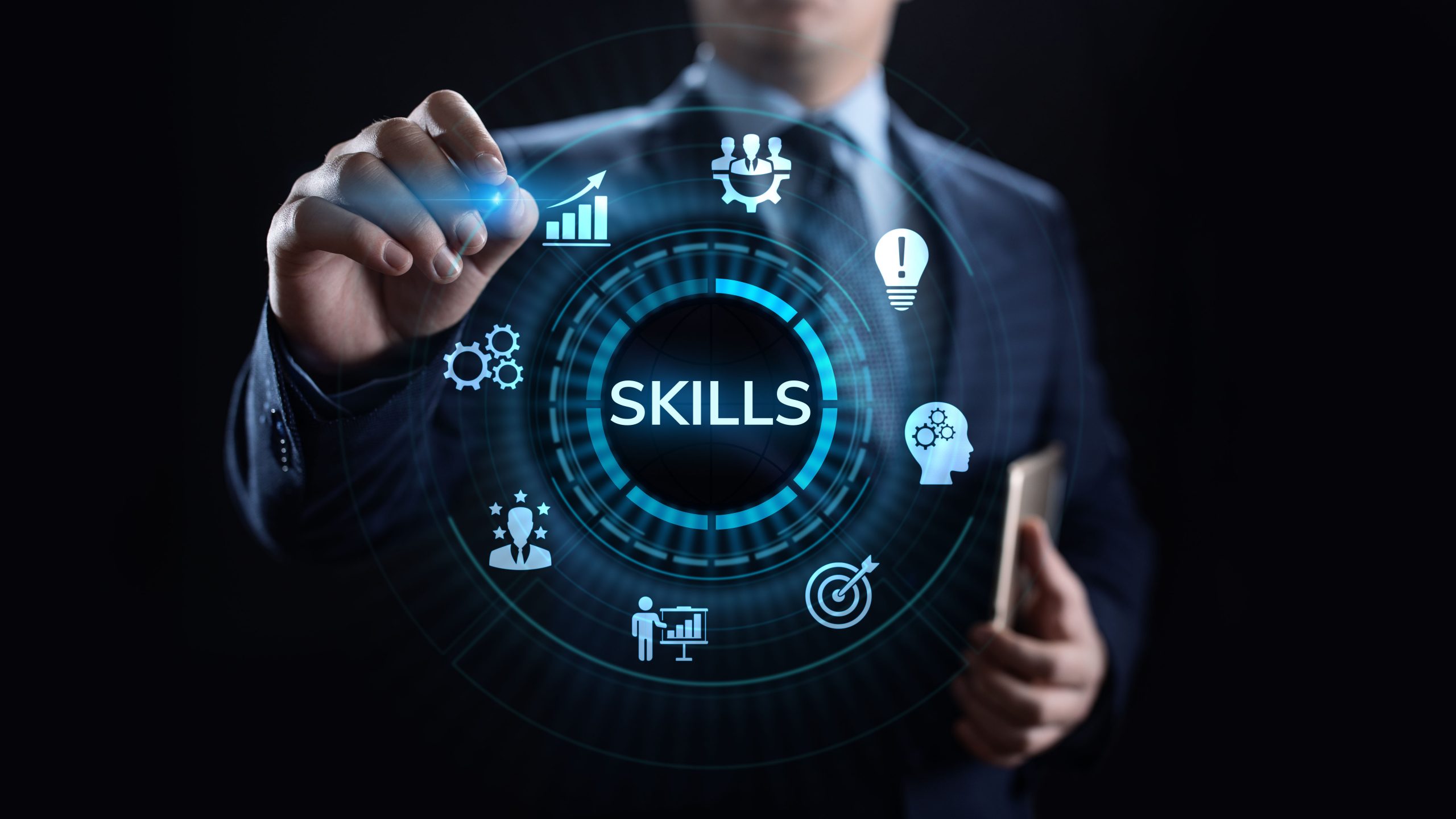
Designing your post-pandemic workforce with AI
Designing your post-pandemic workforce with AI
When it comes to designing your workforce, ‘Agility’ has been key theme for a while now. The concept remained the forte of large multi-nationals where substantial budgets backed internal communication campaigns, trainings, and coaching sessions to create awareness and implementation. The pandemic and its reverberations have changed all that.
The pandemic we have faced and are still facing, is reshaping workforce and business models to an unprecedented degree. The implications require enterprises of all sizes, and their leaders to respond quickly in re-shaping their workforce. In this new construct — from safeguarding critical business operations, to making the right lifeboat choices — ‘agility’ has been key to ensure business continuity. It has put into action everything companies have been preaching about for years.
Powering a future-ready workforce
Workplace and workforce models have transformed overnight with distributed and remote working teams becoming more widespread. Compared to the markets in some developed economies where remote working has been part of the construct for some time, emerging economies like MEA have had to quickly adapt to ‘keep the lights on’ for their business. Undoubtedly, a new working order is rapidly unfolding before us that will shape careers, skills, and demand for jobs for the foreseeable future.
Given this new order, it’s imperative for HR leaders and learning and development professionals to focus on new ways to hire the right skills, and ensure they are upskilling their current talent pool for relevant and market-ready skills. A recent report by Accenture emphasized that while roles are being disrupted, skills prevail and are expected to become even important. “Business leaders typically think in terms of jobs or roles, rather than underlying core skills. However, skills are the new currency and will be the key to rebuilding resilient workforces in the future,” said the report.
Hiring new staff and creating new roles in the current of climate can be time, resource and financially consuming. Do we have these skills already in our workforce and how do we uncover these skills? Many enterprises are embracing AI-powered tools to enhance talent and resource assessment and better identify talent hot spots and skill gaps within the enterprise. This helps in future-proofing their organizations from potential talent drain, better engage their current workforce, and make actionable succession plans.
Given this change, the ability to identify current skill gaps predict future skill gaps and deploying talent development strategies within this context will be the lever that separates the successful enterprises from the rest.
Technologies can solve a lot of these issues and build better foundations for success moving forward. Companies that are getting the best results are deploying and integrating assessment tools that can aid the design of a not only agile but streamlined workforce